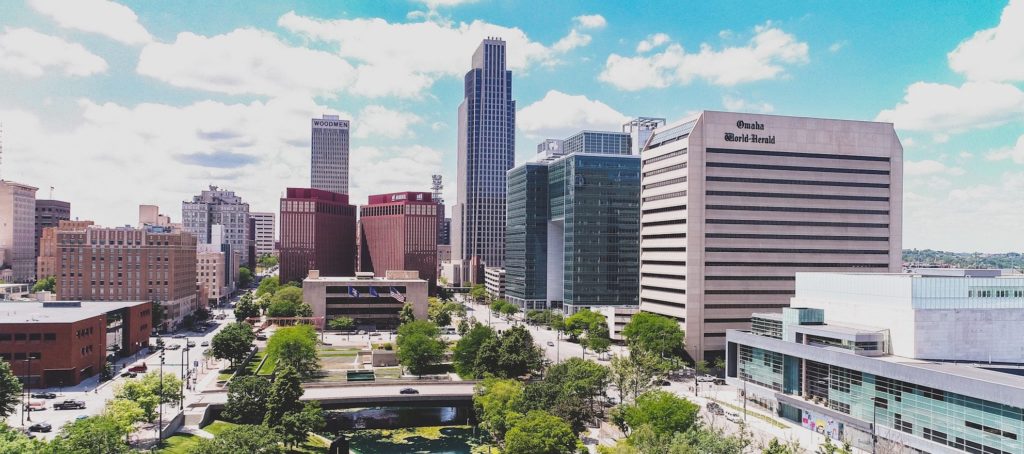Strong Towns - Rachel Quednau - Milwaukee, Wisconsin, where I live, is going through a massive building phase, with new construction popping up on every corner in and around our downtown and other popular neighborhoods. If you live in any number of mid-sized cities, this is probably a familiar story. And because recent trends in urban planning have encouraged a return to mixed-use developments, those sorts of buildings dominate the new construction landscape. It has resulted in some lovely new ground-level restaurants and shops emerging in areas that previously lacked much street life.
But here’s the more common picture: a cookie-cutter five story apartment building over a vacant commercial space. This image is probably also familiar to you if you live in one of those cities experiencing an urban growth spurt. One might expect this set-up to last a few months, perhaps, while the apartment units are in the process of being filled and the building manager seeks a commercial tenant. But in fact, in my city, it’s not unusual to see a commercial space sitting empty for months and sometimes years. There are buildings like this near my home and, while they may be a shade better than the derelict one-story structures or vacant lots that used to occupy the area, an empty space is an empty space. At the end of the day, a vacant storefront makes the whole street feel neglected and undesirable, and it isn’t fulfilling its purpose.
At first, the whole scene just didn’t make sense to me. What business owner wouldn’t want to move into a brand new space with freshly painted walls, new windows and a blank canvas to lay out in whatever way suited the needs of the business? Why were these storefronts sitting empty?
A Problem of Scale
New businesses blossom all the time in my city. I seem to read about a new restaurant or bar opening almost every day. So there is clearly a demand for commercial space. Why not these newly built commercial spaces then, especially when most of them are in highly attractive, busy neighborhoods?
The basic answer is, of course, that the rents are too expensive for small businesses. And one major factor contributing to this cost is, undoubtedly, the size of the new commercial spaces being built in mixed-use developments. Glancing down a historic commercial street in my neighborhood, the new mixed-used developments stick out like a sore thumb because their ground-floor commercial units are much larger than the other, older commercial spaces on the street.
If size is the problem, why not just build smaller commercial spaces to begin with, or subdivide a larger space when you realize no one wants to lease the big one?







